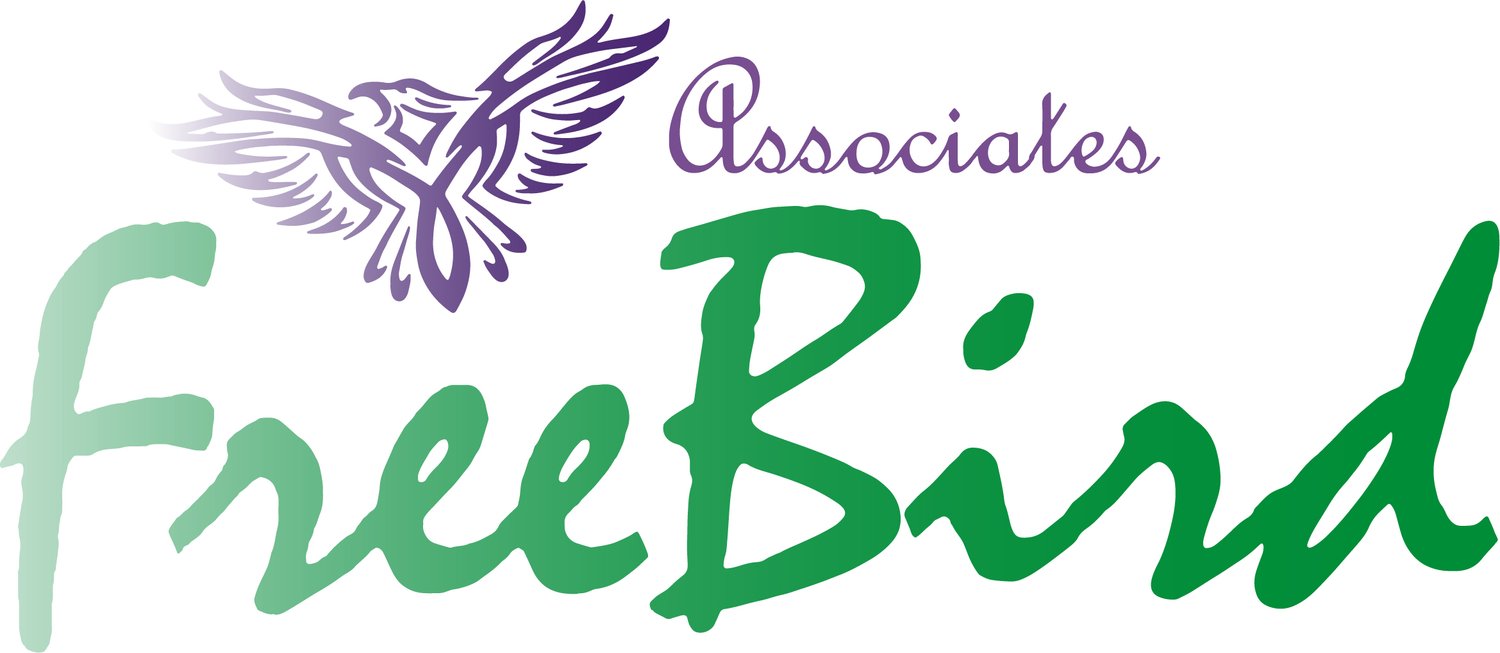OK hands up; who suffers with anxiety?
I’m guessing most of us; I’m sure it’s part of the human psyche, I haven’t yet met a person who didn’t get anxious about something at sometime, if you are passionate about something surely we’re going to be anxious about it? Right?
Four years ago I really thought I had cracked my anxiety. Up until then I’d always been an anxious Annie, but my life changed overnight in 2016 and I faced one trauma after another. I just took it all in my stride believing that I was not being particularly anxious. I thought that if there were a god looking down on us that they had decided I’d suffered enough and the last thing I needed was to be anxious!!
What I realise now is that the grief I was feeling and the tremendous support I had from my nearest and dearest had encapsulated me in a secure bubble, for want of a better expression. That bubble enabled me to function, to get on with my life, to do what I needed to do. Of course, it didn’t stop the pain of the losses and in truth I wouldn’t have wanted it to. Those feelings are important, I see them as a rite of passage, but it did help to manage the stuff that was ready to trip me up.
The last couple of years I have felt my bubble under attack; it’s not as robust as it had been. Life throws so many balls at us that we run out of steam to catch them, or enable them to bounce off us. Very slowly the anxieties have been returning, to the extent that now my bubble feels like a balloon that has been burst and is blowing raspberries as it shoots off into the atmosphere.
So what do I get anxious about? Last week it was driving to London; then it was where do I park. Then it was, what if my hotel reservation gets cancelled? And on and on it goes . Non-rational thoughts preoccupy my time. It’s blimin exhausting, especially when they infiltrate my sleep, so that I’m not even giving myself time to recover....
This morning I woke up to a feeling of dread. ‘Oh my god, I’m supposed to be delivering a training course’, was how the conversation in my head started. “No, it’s tomorrow’. ‘Are you sure, better check the diary’. And so it went on until I dragged my sorry arse out of bed.
Of course, I KNEW the course was tomorrow, I knew that I was organised and have everything ready.
I manage my anxiety as best I can. I don’t enable it to control me and at the moment I can find the tools to manage it. I meditate, well I call it breathing, I concentrate on each breath and focus on bringing my heart rate down. I talk myself through what is causing me the anxiety, my rational brain takes the lead and finds practical solutions to the ‘what ifs’. I remind myself that it hasn’t let me down yet...when I have time I walk; exercise is such a calmer, and those times I really just want to stay in bed, my rational brain shouts at me that I know I will feel better once the cobwebs have been blown away. Sometimes I share my ‘stuff’ with my friends, but they have a load of crap going on too, or I write a blog, not a poor me, but one to remind all of us that we can either be controlled by our anxieties, or dig deep and find that resilience where we control them. As a society we have been fed this world view that we should be happy all the time, when of course that’s not realistic. We have lost the art of compromise, the recognition that life is not certain, that it is full of ambiguity. It is a game of tug of war but one where brute strength will not conquer. We have to be reflective, we have to be honest and we have to seek and accept help even if it’s from the most unlikely places.
Today, it was dictating this blog on my phone, whilst I walked the dogs. It’s preparing for tomorrow when I’m facilitating our first face to face Mental Capacity workshop since lock down. It will be being kind to myself and allowing those worries to come but then let them go . At the moment I don’t need any medical intervention and I hope it remains like that, but if it doesn’t, well it will be another tool and help me navigate this hard, uncompromising world we live in.








